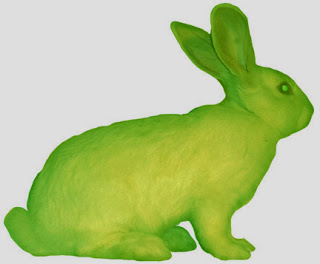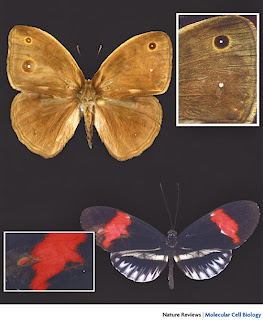As I began reviewing the lectures and resources this past
week I couldn’t help but become eager to discover more about Nanotechnology.
Dr. James K. Gimzewski helped open my eyes and ears to the field of
Nanotechnology, which was a study that I was not attracted to before this. In
his introductory lecture he explains how Nanotechnology has an impact on a vast
majority of things ranging from “energy, food, agriculture, and electronics”
(Gimzewski). The definition of Nanotechnology states that, “it is the
manipulation of matter on an atomic and molecular state” (Wikipedia). One of
the ways in which nanotechnology can be seen having an impact is through the
“Scanning Tunneling Microscope”. Dr. Gimzewski explains that with the invention
of this microscope, scientists are able to feel the surface of atoms. With this
microscope, scientists are able to discover the positions of the atoms and map
out a picture that will help them understand more clearly where the atoms are
positioned. This is very fascinating because with the use of this microscope it was explained in lecture
that an individual was able to create a picture where they brought atoms together to
spell out “UCLA”.
 |
| "IBM" spelled out by arranging atoms using the STM |
Nanotechnology and art can be seen coming together, as
artists take the study of Nanotechnology and display it through their artwork.
This is shown in the art piece, “Nanomandala” created by Professor Vesna and
Dr. Gimzewski. In this piece of art, they unraveled what they knew about
Nanotechnology and combined it into an art piece. Individuals are able to touch
the sand and move the grain of sand around, while images are projected on a
screen from the ‘Scanning Electron microscope’. By displaying these images
through the SEM, it aims to show the individual the complete image. This art
piece is one that brings together Nanotechnology, where atoms can be
rearranged and Art where one can take these images and display them in art
form.
 |
| An image of Professor Vesna and Dr. Gimzewski's "Nanomandala" |
Nanotechnology is a study that goes way beneath the surface
and into the molecular and atomic state. Scientists have found that by using
technology that targets the cellular level, specific areas on the human body
will be targeted and will be able to be treated properly. Dr. Gimzewski explains
this as “Nano-medicine”. With the use of nanotechnology, which I envision as “tiny
machines”, they are able to target areas that need treatment for individuals
specifically struggling with cancer. This is an amazing discovery that will
hopefully improve the lives of many individuals that are dealing with cancer.
By pinpointing areas with the use of nanotechnology and using medicine that is
at a “Nano” scale, it shows great signs for success in treating individuals
with cancer.
 |
| Improving Human Life =Nano-medicine |
Sources:
Wikipedia. Nanotechnology. http://en.wikipedia.org/wiki/Nanotechnology
Vesna, Victoria. Lectures Week 8. https://cole2.uconline.edu/courses/63226/wiki/unit-8-view?module_item_id=970451
Image 1: Arranging Atoms. http://muller.lbl.gov/teaching/Physics10/PffP_textbook/Ch04cust.htm
Image 2: Nanomandala. http://nano.arts.ucla.edu/mandala/mandala.php
Image 3: Nanomedicine Abraxane. http://www.nature.com/nmat/journal/v12/n11/full/nmat3792.html
Curtin, John. "Art in the Age of Nanotechnology." Artabase. Web. 24 Nov. 2013. http://www.artabase.net/exhibition/2104-art-in-the-age-of-nanotechnology





